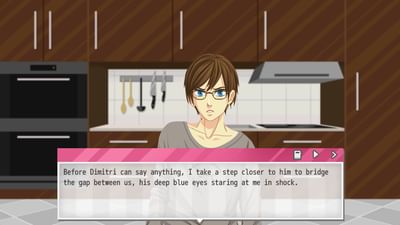

A collection of the popular stories of a west Cork seanchaí and tailor, Tadhg Ó Buachalla, the book's publication in 1942 provoked a bitter four-day debate in the Senate in which the "sex-obsessed" tailor and his "moron" wife were used as public examples of the "sores of moral leprosy" that threatened to "undermine Christianity" even in the most remote rural areas.

The Tailor and Ansty, by Eric Cross, was the subject of one of the most high-profile censorship cases of the 1940s. Between 150 and 170 books were proscribed every year being banned became a literary rite of passage that was almost more important than being published. So many books were sent to the board for review that few were read from cover to cover and some of Ireland's greatest writers found their books banned on the basis of a certain turn of phrase, a single line or a few paragraphs. Members of the public were invited to contribute to the process of moral policing by taking an active part and submitting books they found unsuitable for public consumption. The 1929 Censorship of Publications Act provided an official mechanism for developing the moral conscience of the Irish mind. Reading between the rigidly drawn ideological lines, however, suggests a far more complicated reality.
#TAILOR TALES PLUS DOWNLOAD FREE#
In their own time they may have offended Free State sensibilities for embodying an unsavoury colonial stereotype, but in recent years historical revisionism has elevated them as victims of de Valera's puritan age. Popular figures of cultural history, Tadhg Ó Buachalla and his wife, Anastasia, are now regarded as authentic figures of Ireland's peasant past: Tadhg's indolence is matched by his eloquence, Ansty's industriousness comes with a quick, contrary tongue - they are real-life counterparts of the characters of JM Synge. Actor Nuala Hayes tells Sara Keating about returning The Tailor and Ansty to its roots. The 'filthy' stories of a west Cork seanchaí were the subject of a high-profile censorship case in the 1940s.


 0 kommentar(er)
0 kommentar(er)
